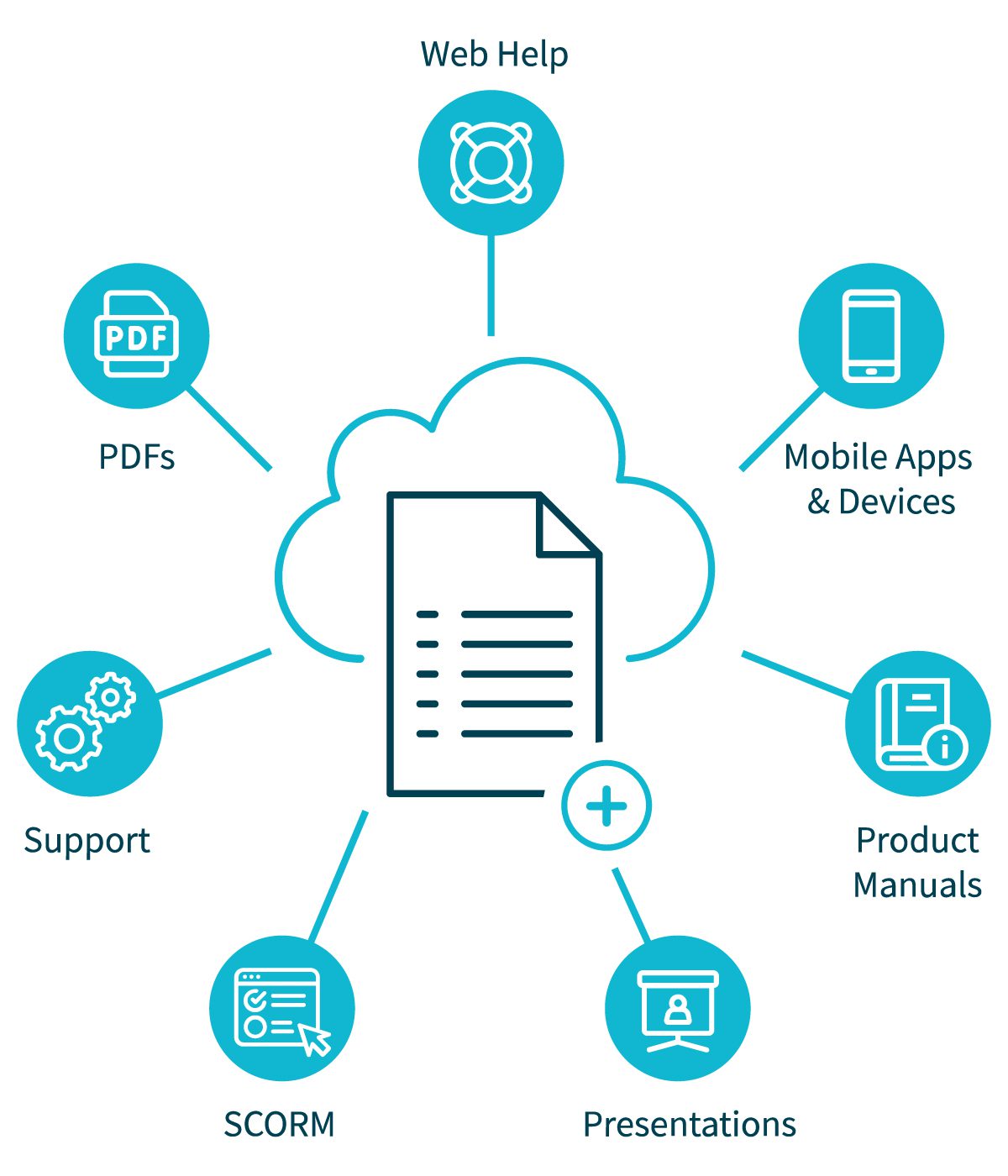It’s time to switch to component authoring.
You’re a technical writer and you’ve got a documentation system: Microsoft Word.
Word has always been there for you – that bright white blank canvas with a blinking cursor feels like home when you set out to write. The headings, the fonts, the interface, the formatting. Even the review tools. You’ve been using it for years, maybe even decades, and you know it through and through. Sure, it has its issues and it’s not very efficient for co-authoring and sharing with teams, but it works for you, and the last thing you want to think about right now is disrupting that system and learning a new one.
You’re too busy. It will take too much time. Your brain is already full. It’s confusing.
Component Authoring Management System


Moving from familiar to new when you have a “system” is daunting. There’s no doubt about it. But what if that move will ultimately save you time and frustration and allow a level of collaboration that you’ve never experienced before? What if you could update a change – a new logo, a header, a paragraph or just a word – one time, and publish that change to multiple outputs and channels at once, instead of the search and find routine you’re used to? This is component authoring.
Component authoring simplifies content creation, management and publishing processes by removing the obstacles that come with managing multiple versions of marked up documents, stored in silos throughout the organization.
With component authoring, your content is broken down at a granular component level into objects, stored within a Component Content Management System (CCMS), and organized by topic.
Here’s an example: your firm has been audited and as a result, a portion of the legal disclaimer required on all corporate communication has changed. Normally, someone on your team would have to make those adjustments on all associated documents and outputs (PDFs, presentations, user guides, etc.) for multiple orgs. This makes compliance very risky, leaves room for inconsistency, and paves the way for trouble.
But with component authoring, you go to one place to change that one object and publish to all outputs with one click. You author at the component level – not the document level.
And, boom. You’re done! Plus, you’re organized, compliant and worry-free, which means you have time to move on to that next project. Once you’re done being celebrated by your team, of course. You’re the new content hero!
Now, what about the multitude of existing files you and your team have already written? Do you have to start from scratch if you migrate?
The answer is a resounding NO! You can easily import, organize and store your existing data directly into our CCMS, breaking it down into objects for simplified use.


The Author-it Cloud Platform
Do you need to know XML or DITA? Nope.
Do you like XML or DITA? That’s great! You can still use it, but it’s not required. Either way, the Author-it Cloud platform will work for you.
Content creation is a process. But it shouldn’t be a dreaded one. Author-it Cloud creates freedom and synergy within that process and takes the complexity, worry and burden out of documentation. We break down silos and help bring content to life.
To learn more about Author-it’s collaborative, all-in-one component authoring, content management and publishing solution, request a Demo.







